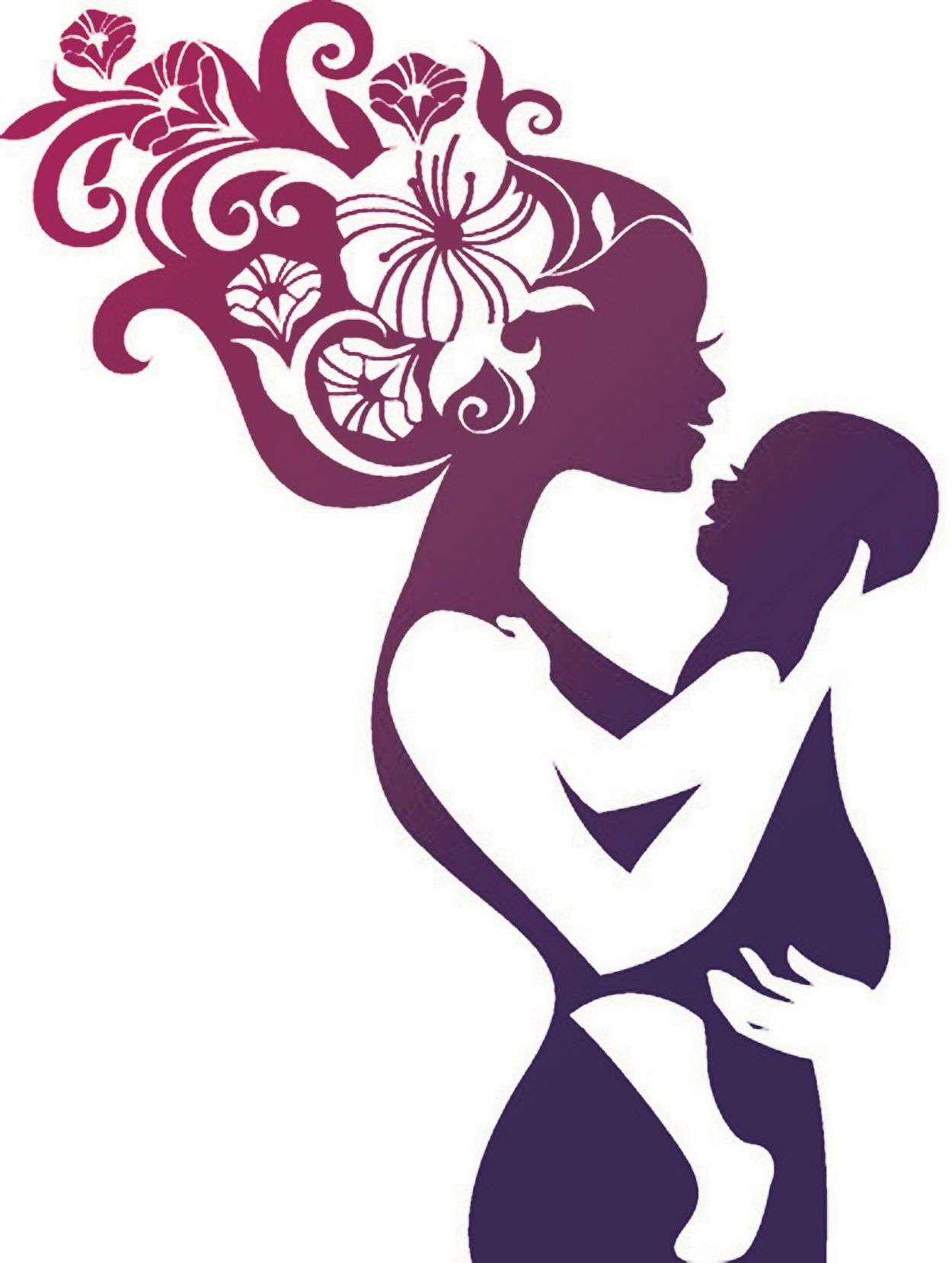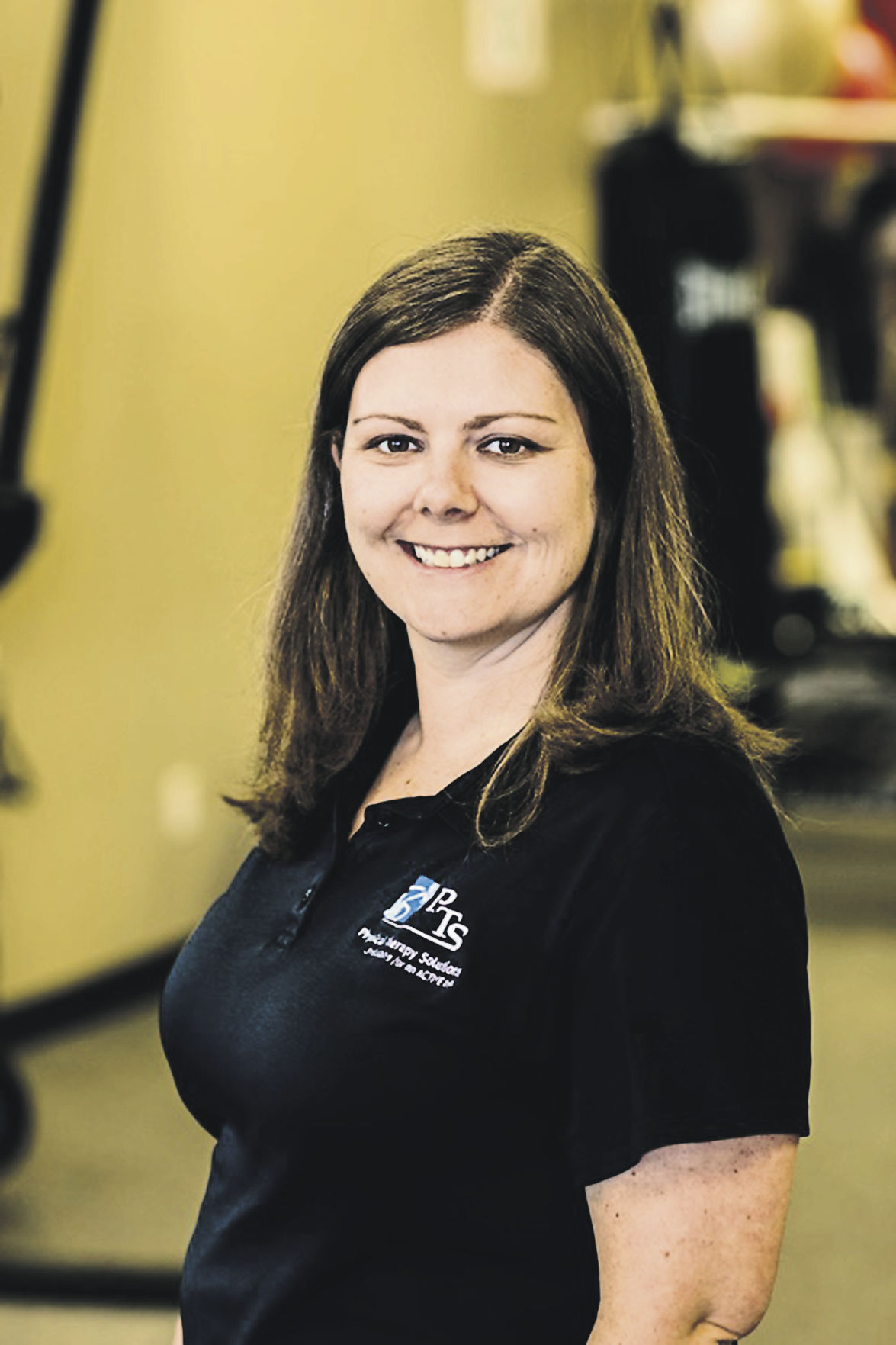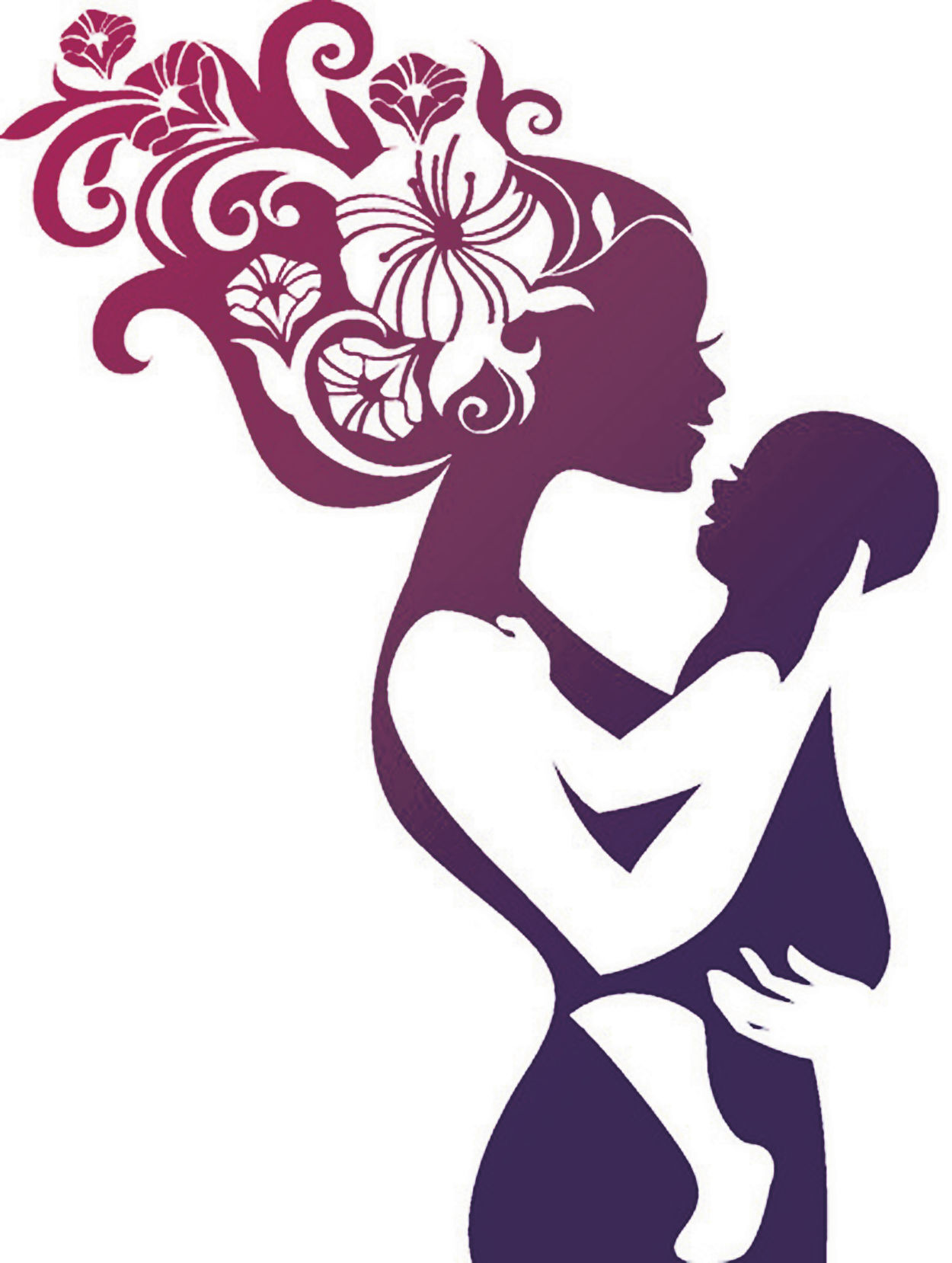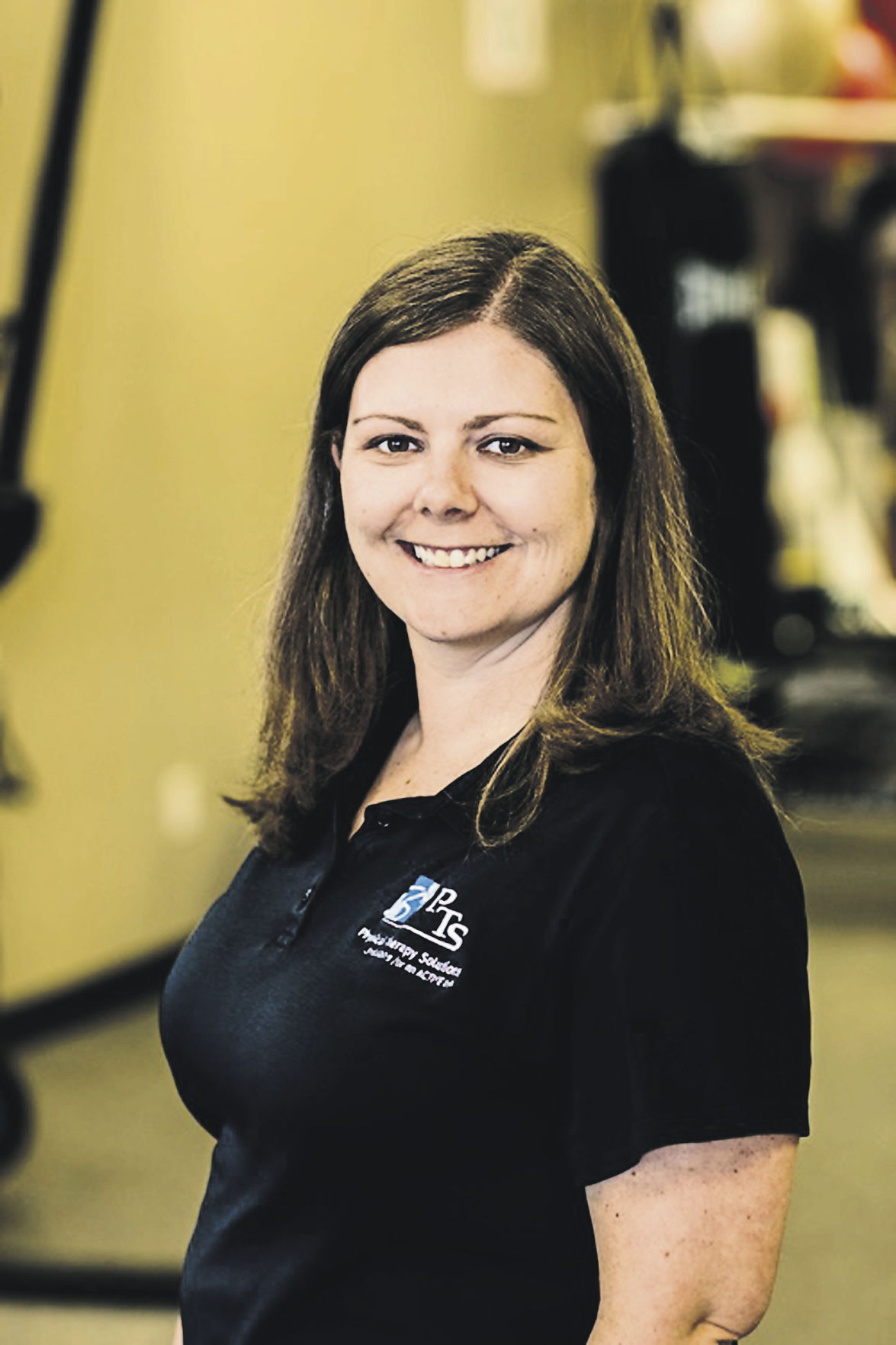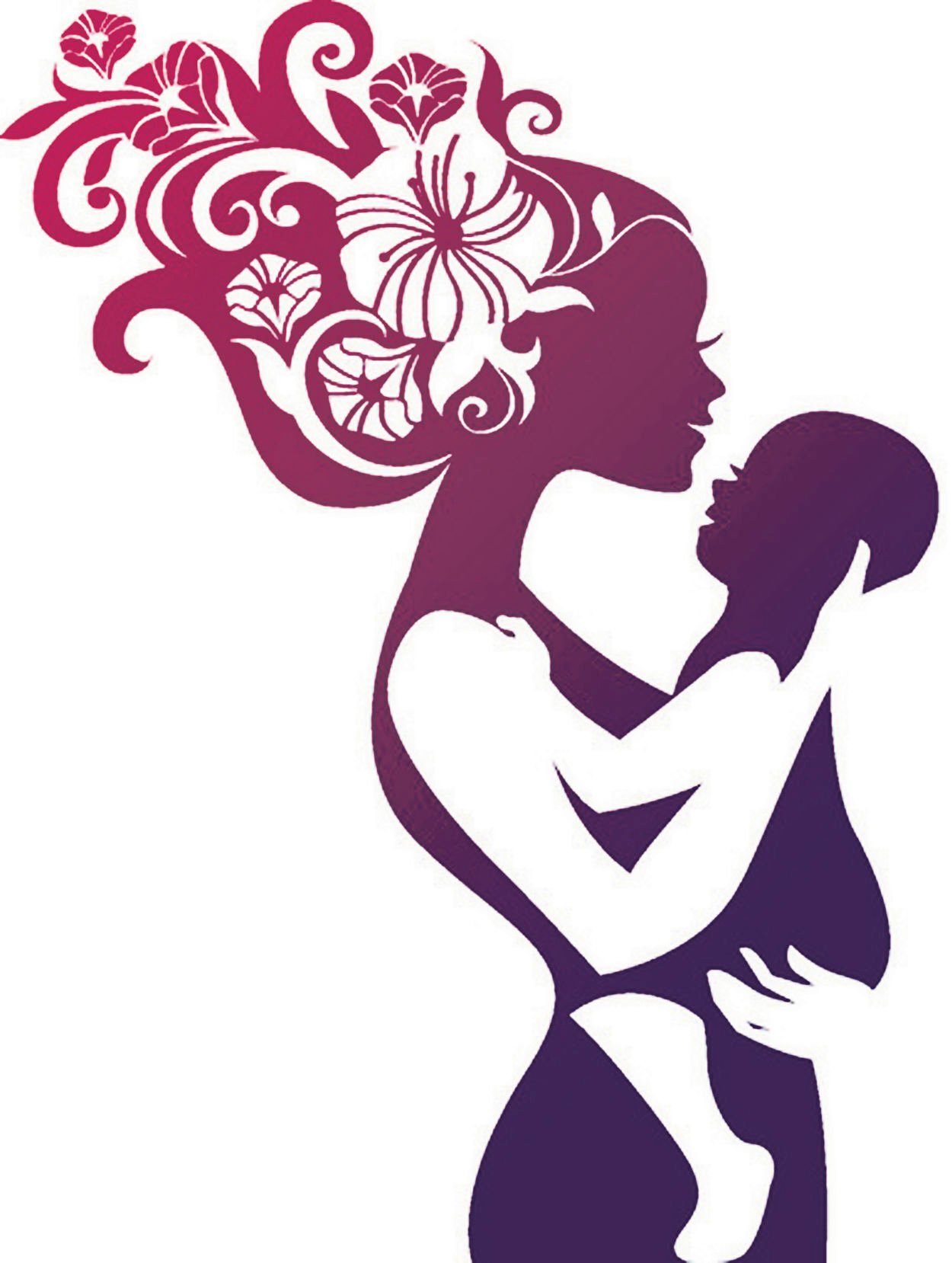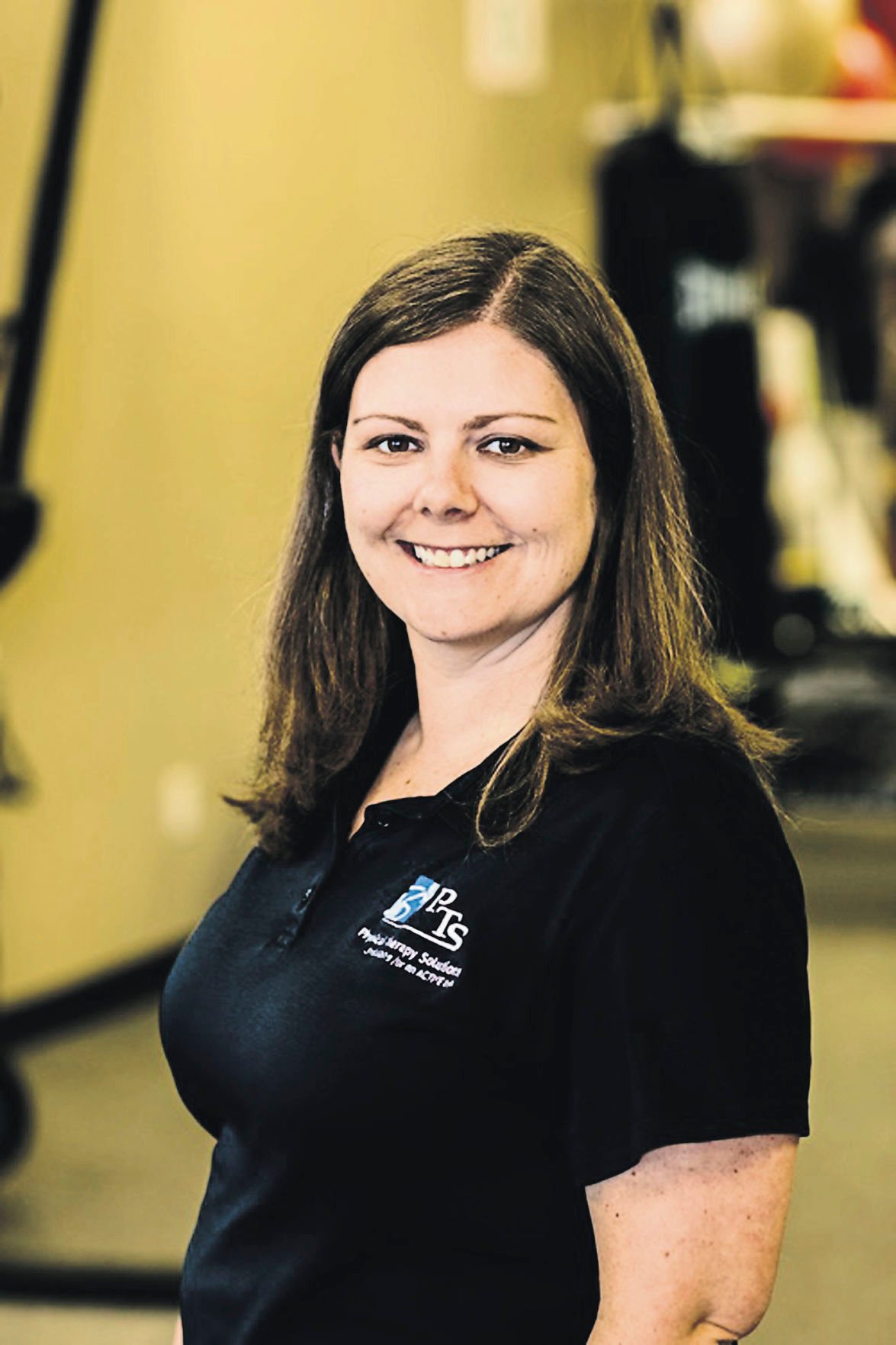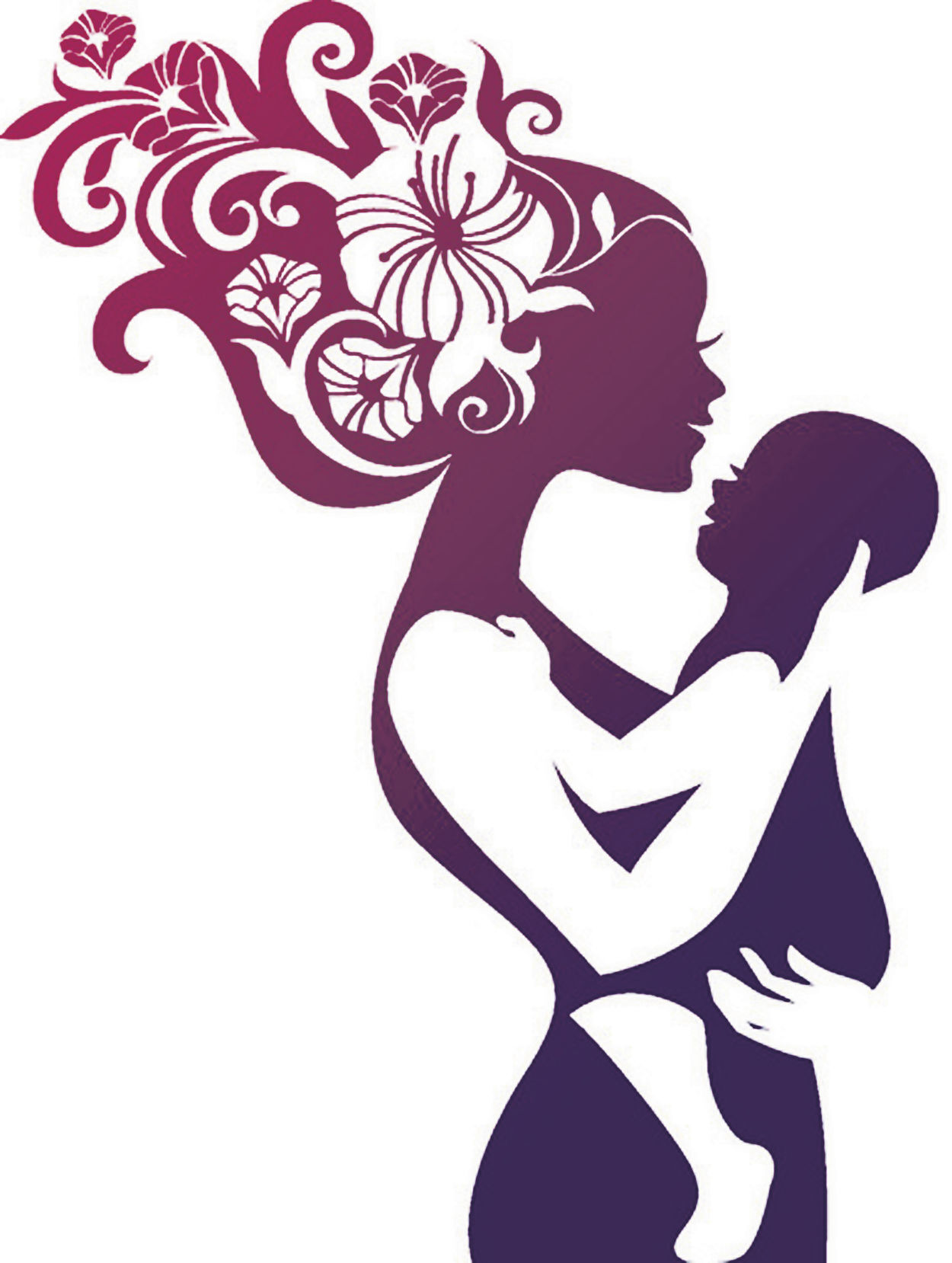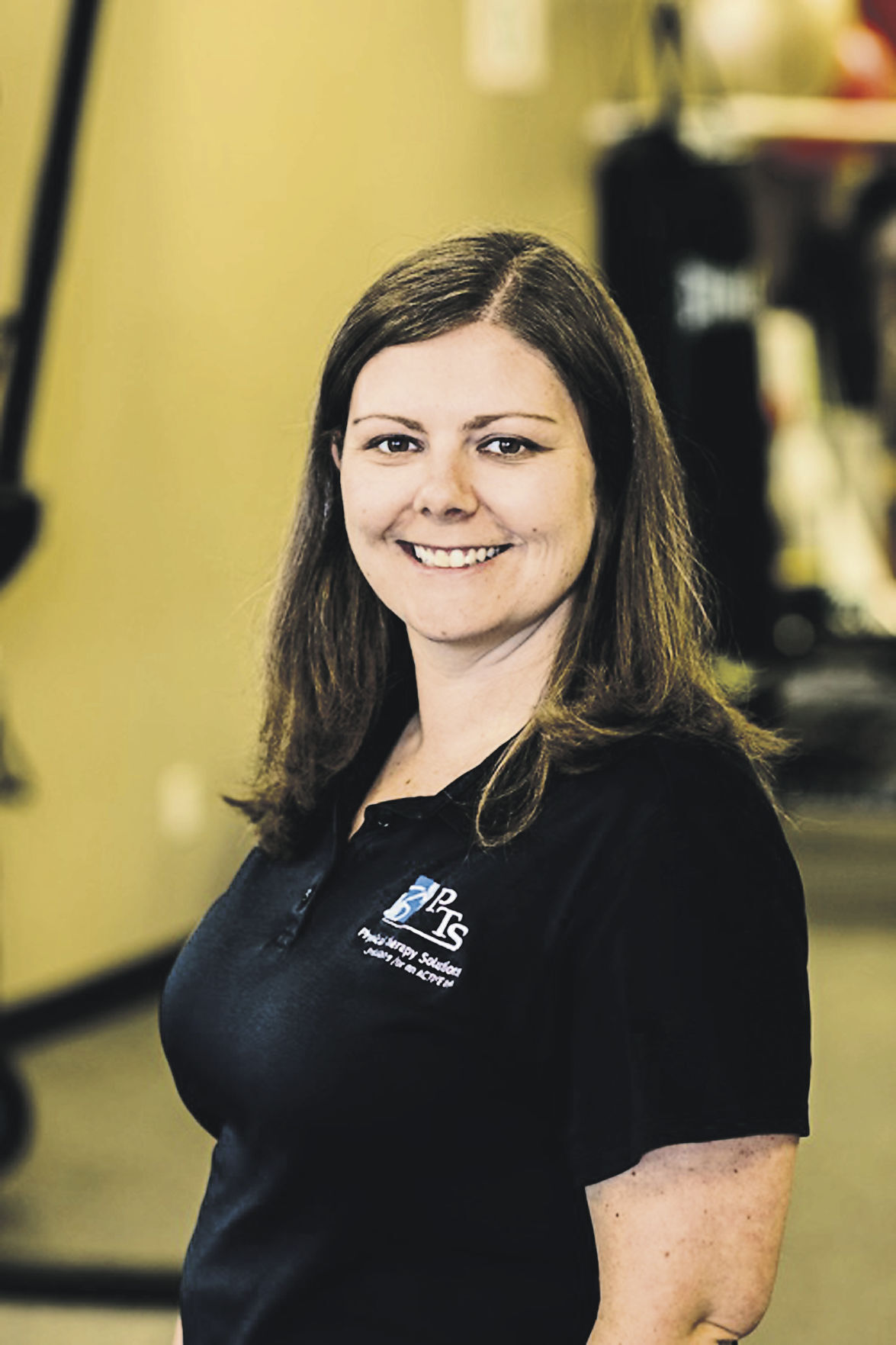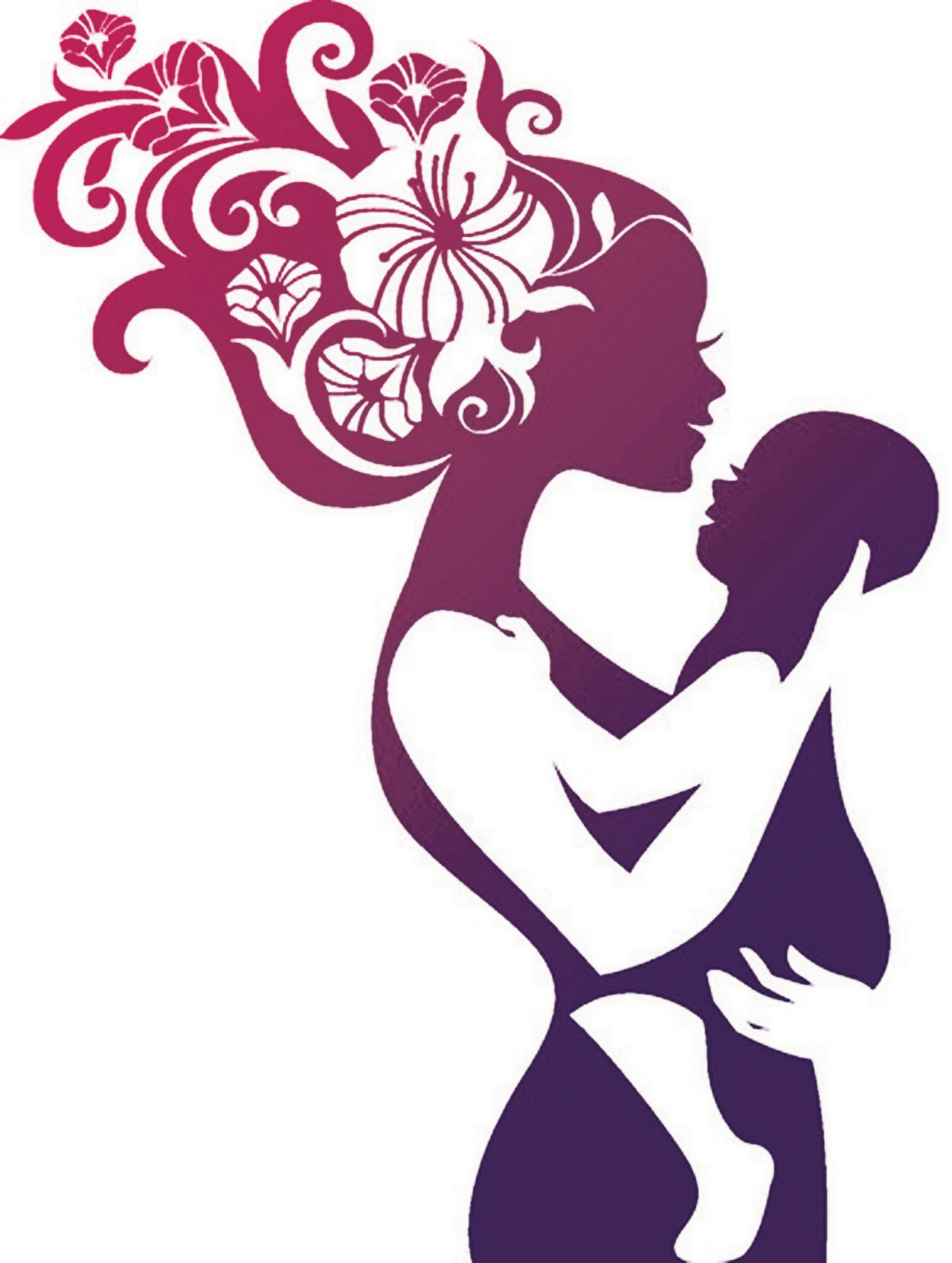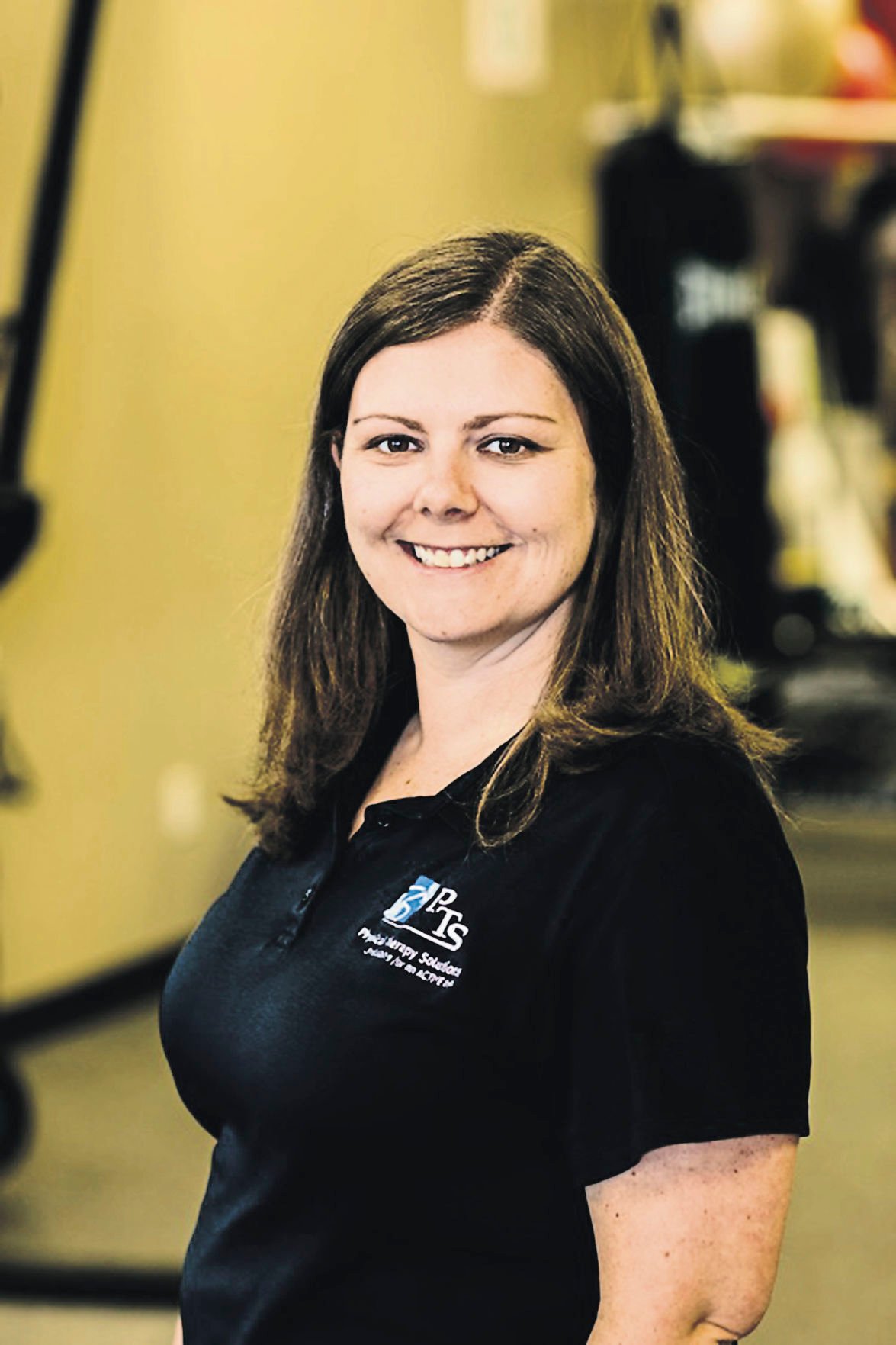Congratulations! You have a new bundle of joy.
There are many changes that occur after the birth of your baby, all of which can be new and exciting. However, what happens when these changes are not welcome?
Whether you recently had a baby or if your baby now is in high school, there are several things that women might notice in the months or years after birth.
Urinary incontinence
Urinary incontinence is the unwanted loss of urine that can occur with activities like coughing, sneezing, jumping, running or lifting. Contrary to what popular culture and Depends advertisements might lead you to believe, this is not normal. It is, however, quite common. Research tells us that one in three women will experience this in her lifetime.
There are several types of incontinence, and the causes can be multifactorial.
Some women have weak pelvic floor muscles contributing to leakage. In other cases, women can have overactive or tense pelvic floor muscles that lead to leakage.
I typically do not recommend women do Kegels, or pelvic floor muscle contractions, without proper assessment and instruction from a physical therapist who is trained in pelvic health.
Other tips to help reduce urinary incontinence include limiting bladder irritants like coffee, tea and pop, as well as trying to keep about two to three hours in between trips to the bathroom. Urinating too frequently can lead to more urinary urgency. Waiting too long is not good either.
Drinking enough water, usually 48 to 64 ounces per day, can be helpful as well, because drinking too little can make this problem worse.
Pelvic organ prolapse
Pelvic organ prolapse is the descent of one or more of the pelvic organs into the vaginal opening.
For some women, it can feel like a bulge or as something is falling out. Other women might have difficulty urinating, having a bowel movement or experience low back pain.
Some women notice symptoms worsen after activity, a bowel movement, at the end of a long day or after being on their feet. If you notice this, one of the most important things is pay attention and modify the things that cause increase in your intra-abdominal pressure. These could include constipation and straining with bowel movements, heavy lifting, chronic coughing and holding your breath.
Strengthening your pelvic floor muscles also can be helpful, which includes performing Kegels in ways that don’t cause symptoms to worsen. There also are ways in which a pelvic floor physical therapist can address constipation to decrease your straining.
Diastasis recti
You might have noticed that your abdomen looks a little different after childbirth, whether you had a vaginal delivery or C-section.
This might be signs of something called diastasis recti or a separation of the muscles in the middle of the abdomen.
Some women will notice this goes away with time after birth, but others are unable to “close the gap” on their own.
Exercises targeting the transverse abdominus muscle, as well as using good technique during exercise and lifting without breath-holding or bearing down are helpful in improving the function and appearance of your abdomen.
This condition has been shown to be correlated to urinary incontinence and low back pain, so it is worthwhile to be evaluated for this.
No woman should think she has to live with symptoms because she had a child. In most cases, these conditions are treatable without surgical intervention, even if its been some time since birth.
Pelvic floor physical therapy is an evidence-based treatment for conditions such as those listed and should be used as a first line of treatment, as it is safe and frequently successful.
Rachel Polito is a physical therapist at Physical Therapy Solutions in Dyersville, Iowa. She specializes in treating patients with orthopedic conditions and pelvic floor dysfunction.

